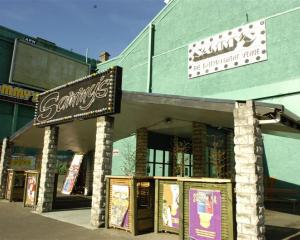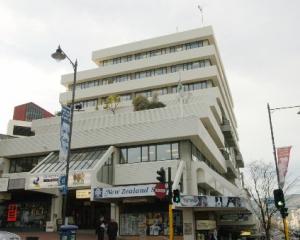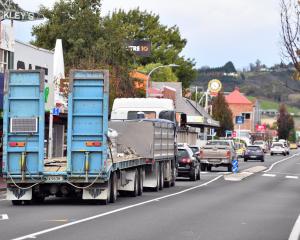
The issue was one of the first Mr Cull singled out at the beginning of his term last month, when he told council chief executive Jim Harland not to sign project tender documents until the council had time to reconsider.
Mr Cull was diplomatic about the issue yesterday, saying while there had been clear opposition to the project, he simply wanted to "get a few more facts in front of the council, and let them decide".
The project to realign the road is an area targeted for savings by a council with stretched finances, but while its cost is $1.2 million, just how much can be saved if it is stopped is another matter.
Council staff have recommended the project go ahead.
An extraordinary meeting of the council has been called for Monday, with Lovelock Ave one project on the agenda.
The plan to realign the road, which runs through the Dunedin Botanic Garden, was developed by garden managers to allow more room for the rhododendron dell and relocation of propagation houses and administration buildings, and to deal with what they said were safety issues related to the road.
The project was supported by the Friends of the Dunedin Botanic Garden, but many Opoho residents opposed the plan, claiming the new alignment, next to the Northern Cemetery, would be too steep, too frosty in winter and too prone to sunstrike.
After years of debate, the project appeared to have been approved when former mayor Peter Chin used his casting vote in May to ensure it went ahead.
In his report, community life general manager Graeme Hall said since the council's annual plan was confirmed in June, staff had obtained all necessary approvals for the project, and had selected a $1.2 million tender from Downer New Zealand to build the road.
The company had been advised the council would confirm the tender, or not, on November 18. Mr Hall's report said a desktop exercise in cost savings showed not all of the $1.2 million would be saved.
Part of the realignment contract included replacing a water pipe from a reservoir tank in bush near the road at a greater depth. The existing pipe had to be renewed in a five- to 10-year period, and the $400,000 cost would have to be spent whether the realignment went ahead or not.
There were also costs relating to sewage and stormwater services ($50,000), to the new buildings, and to roadway, car park and pathways ($100,000), and improved access to the rhododendron dell ($90,000-$150,000).
Mr Hall said yesterday he had not added the costs together to give a final saving, as the council could decide not to go ahead with some of those improvements, or do them to a lesser degree.
He said it was up to the council to decide whether it went ahead, and his report just gave an indication on the sort of issues and costs it would face if the project did not proceed.
Mr Cull said late yesterday he did not have a predetermined plan for the project.
He said the consequences and costs of not doing the road had not, so far, been completely clear.












